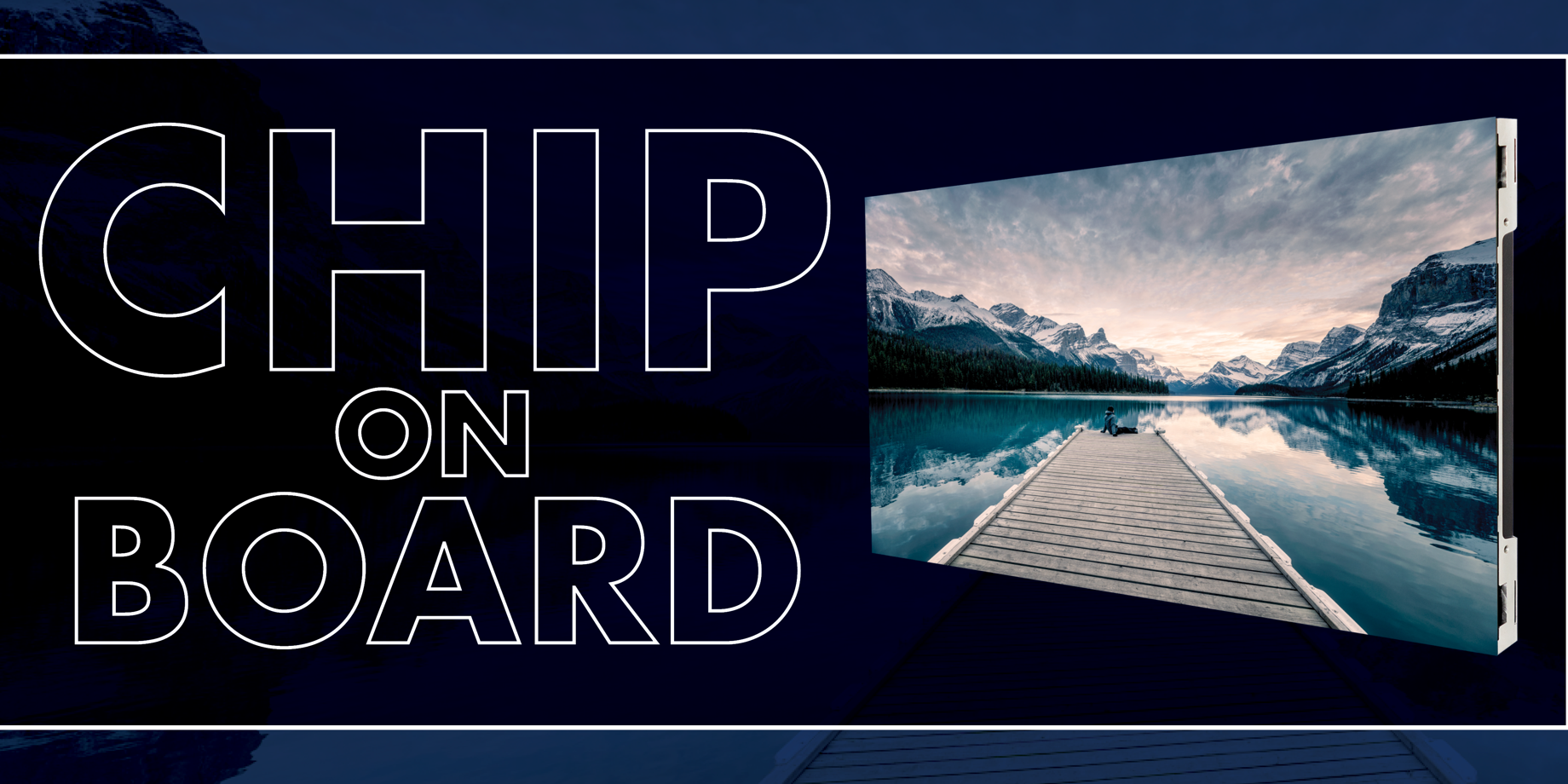Learning About Daktronics COB Product Family with Adam Gilliland
Flip-Chip COB (Chip On Board) product is the latest narrow pixel pitch solution from Daktronics and Adam joins Justin and Matt to share all the details.
Justin Ochsner on 6/5/2024
Categories: Spectaculars

As Daktronics releases its Flip-Chip COB (Chip On Board) LED technology worldwide, Justin and Matt were joined by Daktronics Product Manager Adam Gilliland on the Daktronics Experience Podcast to hear all about this product family. It starts as noting this COB product is an extension of the company’s Narrow Pixel Pitch (NPP) products and ranges in pixel pitch from 1.8 millimeters to 0.9 millimeters.
Let’s jump into the conversation to hear more about Flip-Chip COB:
Adam Gilliland
What’s very intriguing is when you take a 2.5-millimeter pixel pitch and then jump down to about a 1.9-millimeter pixel pitch, you almost double the amount of pixels in that same square area. So, it might not sound like much, but changing pixel pitch even a few small millimeters, it makes a great deal of difference in resolution.
We’re spacing those pixels – center-to-center – at very close distances to create a crisp, desirable image, whether that be with Surface Mount Device (SMD), Integrated Matrix Device (IMD) or our next-generation Flip-Chip COB product families.
Justin Ochsner
Can you explain a little more about what makes up this COB product?
Adam Gilliland
Sure. Instead of the wire bonds of SMD, for example, these LEDs are flipped over and placed directly on the circuit board. These are smaller, mini LEDs and they get a layer of encapsulation or molding over the entire tile or lighting element. This gives you the opportunity to really put these in any location that you want indoors. If people bump into it, you’re not going to have issues. If a fan gets wild and spills a drink on it, you’re not going to have a catastrophic failure.
Matt Anderson
To clarify the timeline, how long has Daktronics been working on this product?
Adam Gilliland
It was about 2007 or 2008 when we had our first sub-3-millimeter product. At that time people were saying they needed that in their house or their basement, but then they would ask what the price was. It was up there, so maybe we were a little bit early to the game.
But with our journey of NPP, the market evolved. Back in about 2015 or so, new technologies were emerging and we simultaneously joined in the COB journey. Now we’re in 2024 and this is a time where the performance, reliability and commercial price have all gotten to the point where the product is really able to compete and be a really nice offering in our NPP portfolio.
Justin Ochsner
So, for the better part of the past 15 years, this idea has been around and we’ve been kind of refining it over those years to where we are today?
Adam Gilliland
Yes, absolutely. And we’ve seen that in a lot of different markets, they’ve trended toward tighter and tighter pixel pitches for better image quality. When we think about indoor in our device-driven world, I mean, everyone expects it to look like your device of choice that you carry around, such as your phone or tablet.
Matt Anderson
How does that look from your end? I mean, you say you’ve been looking at this for years and years. Are you always checking in with different suppliers and seeing what’s new that’s coming out, bringing it to Brookings to test it and see what we can do?
Adam Gilliland
You bet. We put a lot of effort and investment into research and development (R&D)– something like 5% of our annual revenue. So, we have teams that are focused on developing LED technology and display technology. That’s our business and we produce the best displays out there. We’re extremely fortunate to have that team, to be able to do R&D and to be on the cutting edge of what’s happening in the industry.
To continue this conversation and hear it in its entirety, click here to listen to The Daktronics Experience Podcast!
